Navigating the world of commercial driving and the licensing requirements that come with it can be a labyrinthine endeavor for many aspiring truck drivers. To understand which Commercial Driver’s License (CDL) is required to operate a semi-truck with a trailer, we delve into the critical aspects of CDL classifications, regulations, and other relevant considerations. This comprehensive guide aims to provide clarity and insights into these requirements, ensuring that both novice and experienced drivers are adequately informed.
Understanding CDLs: The Basics
A Commercial Driver’s License (CDL) is necessary for individuals who wish to operate large, heavy, or specialized vehicles in commerce. The Federal Motor Carrier Safety Administration (FMCSA) outlines the regulations surrounding CDLs, and it’s essential for operators of semi-trailers to grasp the distinct types of CDLs available.
CDL Classifications
Class A: This license is essential for operating any combination of vehicles with a gross combination weight rating (GCWR) of 26,001 pounds or more, provided that the vehicle being towed is more than 10,000 pounds. This includes most semi-trucks pulling trailers.
Class B: Necessary for driving a single vehicle with a GVWR of 26,001 pounds or more or towing a vehicle weighing 10,000 pounds or less. While not used for semi-trucks, it is relevant for straight trucks and buses.
Class C: This license is required for driving smaller vehicles that do not meet the criteria of Class A or B but are meant for transporting hazardous materials or more than 16 passengers.

The Importance of Class A for Semi-Trailers
Since a semi-trailer typically involves a tandem combination of a large tractor unit and a trailer, the Class A CDL is unequivocally the necessary credential for any individual planning to operate such vehicles. Holding a Class A CDL not merely allows operation of a semi-truck but also permits driving combinations of vehicles that fall under both Class B and C (within the limits of their respective licenses).
Obtaining a Class A CDL: Step-by-Step Process
Acquiring a Class A CDL is a structured procedure, requiring both knowledge and practical application of driving skills. Here’s how to navigate through the process seamlessly:
1. Eligibility Requirements
Before you begin the process, ensure that you meet the following prerequisites:
- Age: You must be at least 18 years old to drive intrastate (within the state) and 21 years old for interstate driving.
- Medical Certification: You’ll need to pass a Department of Transportation (DOT) medical exam to ensure you meet the health standards for commercial driving.
- Valid Driver’s License: A regular state driver’s license is required before applying for a CDL.
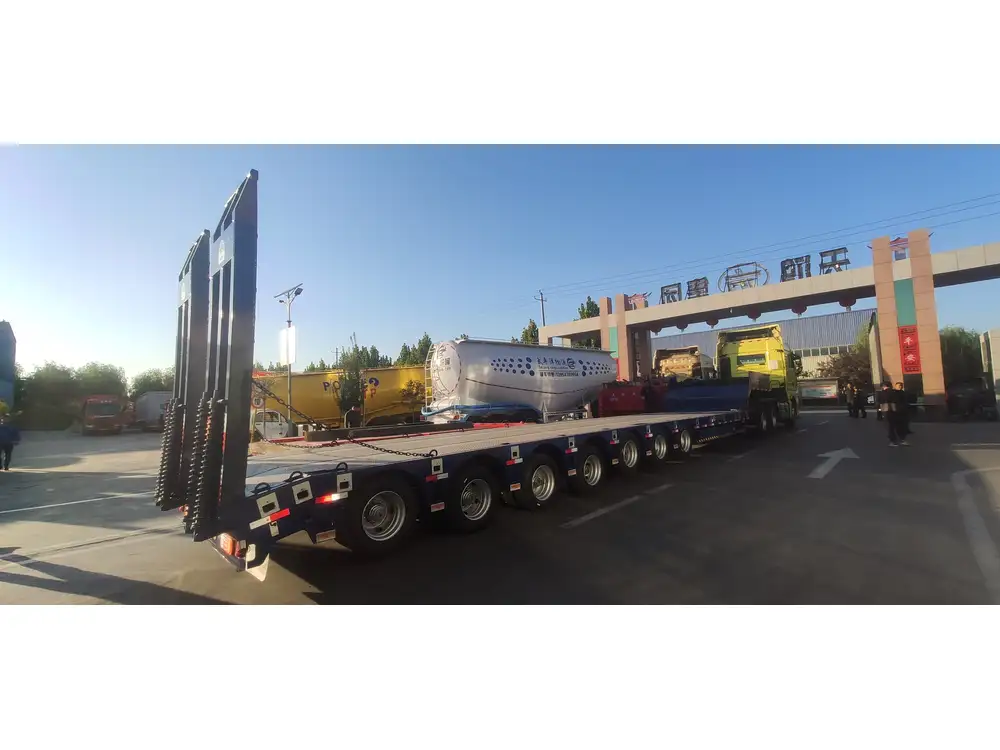
2. Study for the Knowledge Test
Prepare by studying the CDL manual specific to your state. This manual contains vital information on:
- Traffic laws and regulations.
- Safe driving practices.
- Vehicle inspections.
3. Pass the Written Knowledge Test
You must pass a written knowledge test that includes questions about driving regulations, safety protocols, and vehicle operation.
4. Obtain a Commercial Learner’s Permit (CLP)
Once you pass the written test, you can apply for a Commercial Learner’s Permit, allowing you to practice driving a commercial vehicle under the supervision of a licensed driver.
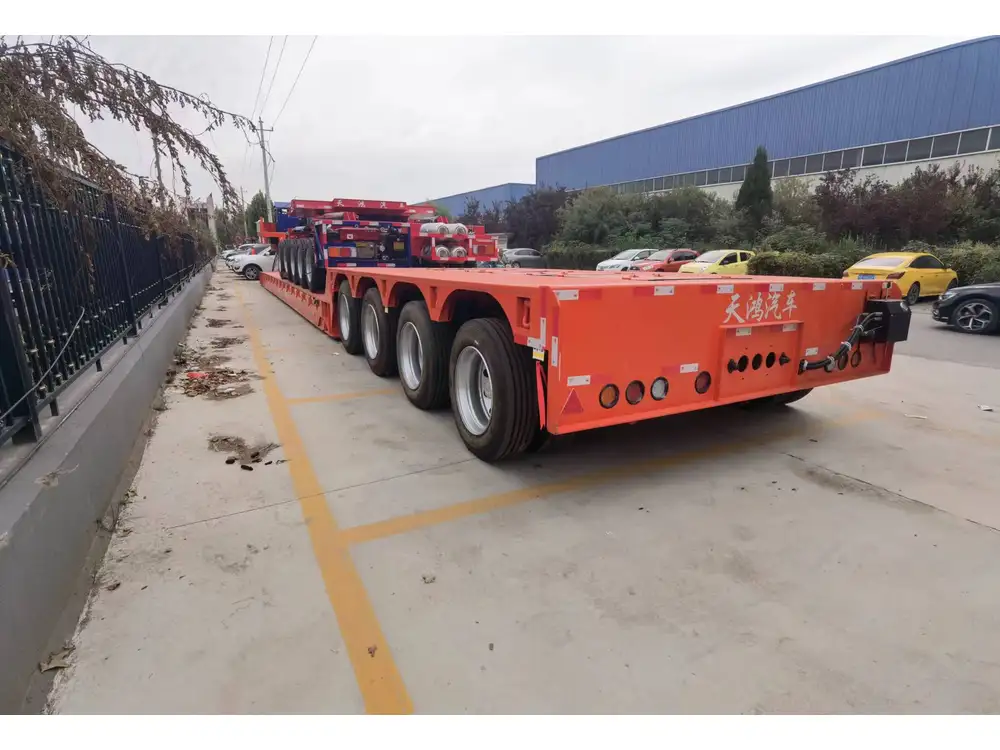
5. Behind-the-Wheel Training
- Gain hands-on experience by driving a semi with a qualified instructor or an experienced driver.
- It’s crucial to practice maneuvers such as backing, lane changes, and making turns specific to driving a semi-trailer.
6. Road Skills Test
Once you feel confident, schedule a road skills test with your local Department of Motor Vehicles (DMV) or another authorized body. This evaluation includes pre-trip inspections, driving techniques, and the ability to navigate various conditions.
7. Receiving Your CDL
Upon successful completion of all required exams, you will receive your Class A CDL. Congratulations! You are now licensed to operate semi-trucks with trailers.
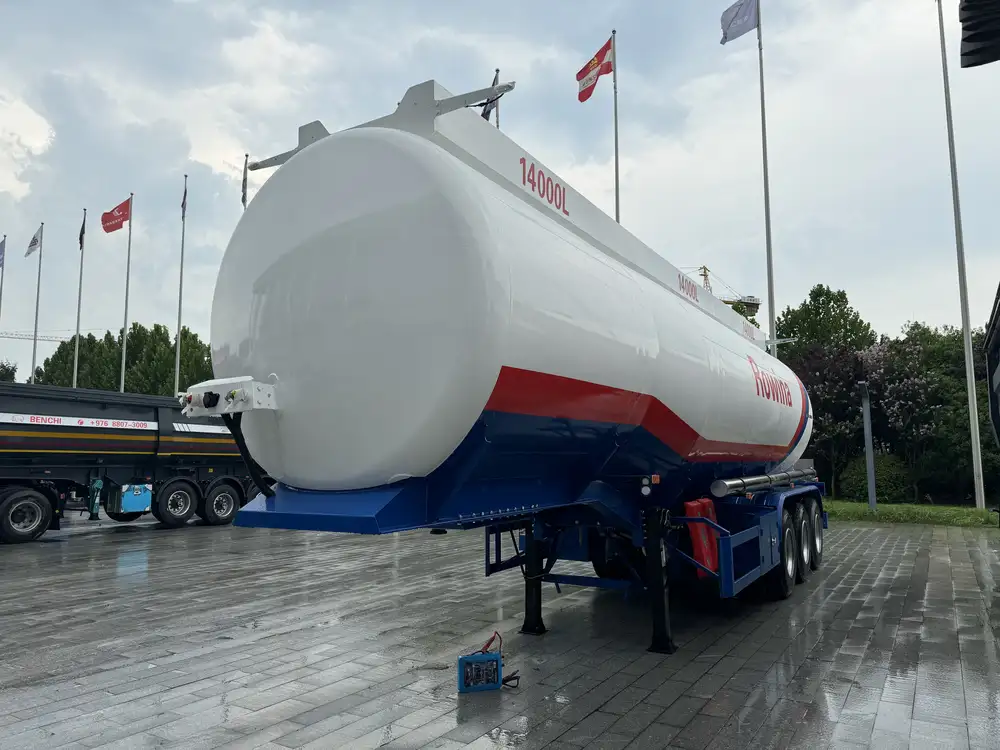
Additional Endorsements and Their Importance
While a Class A CDL qualifies an individual to drive semi-trucks, additional endorsements may be necessary depending on the nature of cargo and transport. Understanding these can enhance your capabilities and marketability in the trucking industry.
Common Endorsements
| Endorsement | Description |
|---|---|
| T | Doubles/Triples: Required for hauling double or triple trailers. |
| H | Hazardous Materials: Mandatory for transporting hazardous materials (hazmat). |
| N | Tanker Vehicles: Necessary for driving tank vehicles carrying liquids. |
| P | Passenger: Needed if you intend to transport passengers. |
How to Obtain Endorsements
Each endorsement requires additional testing. For instance, obtaining a hazmat endorsement involves passing an extra knowledge test and a background check.
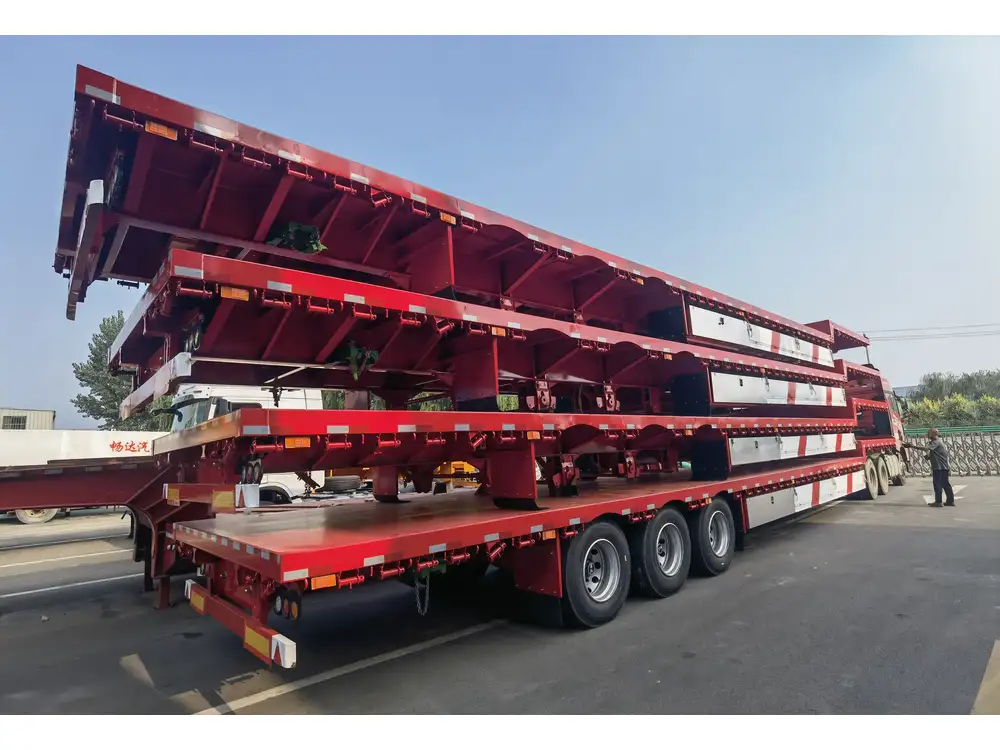
The Role of State Regulations
While the FMCSA establishes generalized licensing requirements, specific regulations can vary by state. It’s imperative for drivers to check with their local DMV or equivalent authority to be cognizant of particular state laws, especially regarding:
- Age restrictions.
- Additional local endorsements.
- Specific training requirements.
Failing to adhere to these regulations can lead to penalties, including fines or revocation of a CDL.
The Importance of Continuous Education and Training
In an industry marked by constant evolution, continuous education is paramount for maintaining compliance and enhancing safety skills.
Ongoing Training Opportunities
- Defensive Driving Courses: Minimize risks and improve safety practices on the road.
- Advanced Commercial Driving Techniques: Improve skills in areas such as backing, load securement, and emergency responses.
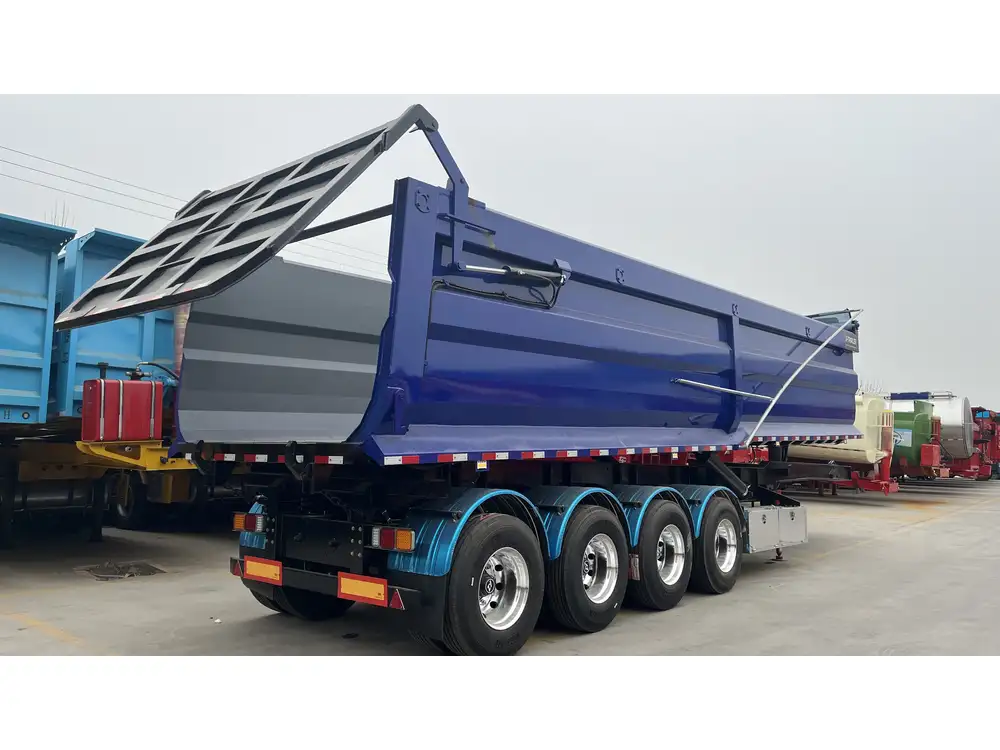
Employer-Sponsored Training
Many trucking companies offer ongoing training sessions. Engaging in these programs not only provides valuable skills but may also lead to promotions and new opportunities within the firm.
Addressing Frequently Asked Questions (FAQs)
What is the difference between a Class A CDL and a Class B CDL?
A Class A CDL is necessary for operating a combination of vehicles exceeding 26,001 pounds in GCWR with a trailer over 10,000 pounds. Class B applies to single vehicles with a GVWR of 26,001 pounds or more but allows towing trailers under 10,000 pounds.
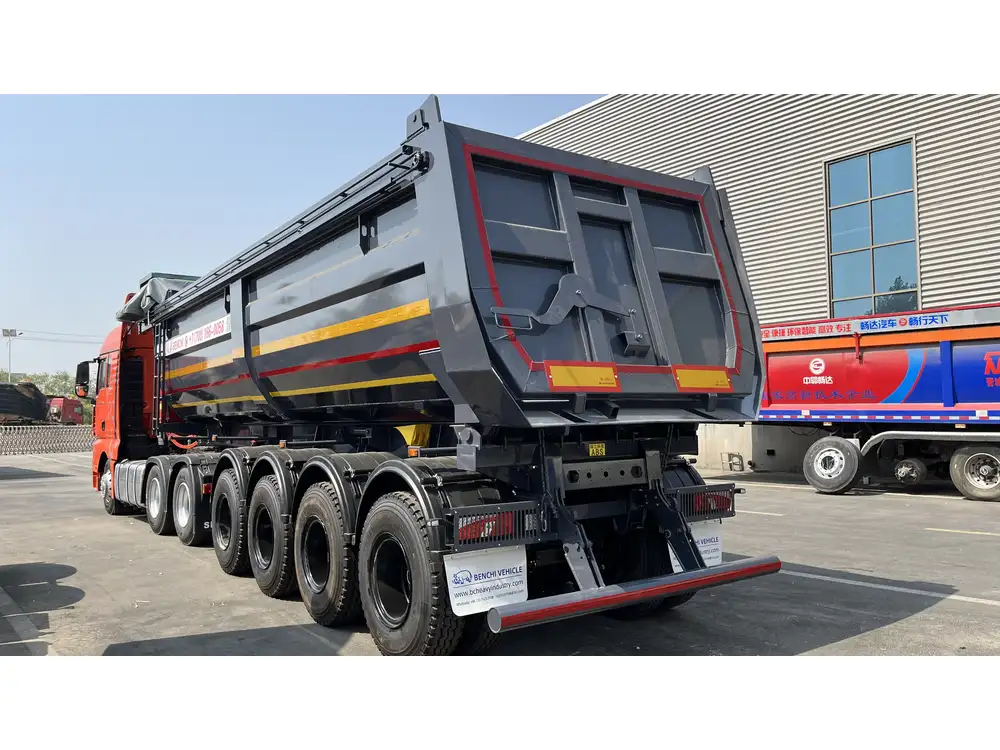
Can I drive a semi-truck without a CDL?
Operating a semi-truck without the proper CDL is illegal and can result in severe penalties, including fines, vehicle impoundment, or a permanent ban from obtaining a CDL in the future.
Are there specific medical requirements for obtaining a CDL?
Yes, candidates must pass a DOT medical examination, confirming that their physical health meets the necessary standards to safely operate a commercial vehicle.
How can I prepare for the skills test?
It’s crucial to partake in extensive behind-the-wheel training. Additionally, familiarize yourself with the vehicle you’ll be tested on and ensure that it meets all safety and operational standards.
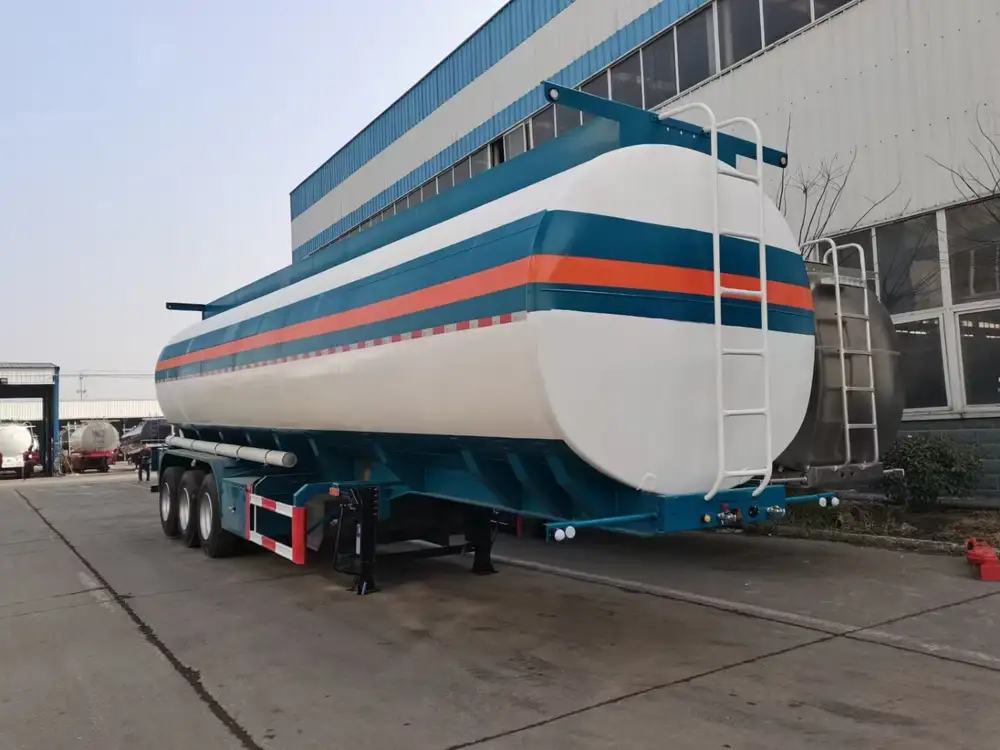
Conclusion: Embarking on a Trucking Career
Understanding which CDL is required to drive a semi-truck with a trailer opens the door to a fulfilling and potentially lucrative career in the trucking industry. Gaining the appropriate licensing not only enhances your qualifications but also equips you with the necessary skills to navigate the highways safely and efficiently.
In summary, the journey to becoming a proficient commercial driver begins with obtaining a Class A CDL and extending beyond, with the continued pursuit of training, education, and adherence to regulations. This commitment to excellence will serve you well in this dynamic field, ensuring that you are not merely a driver but an integral part of the transportation industry. Prepare diligently, stay informed, and drive towards a successful future.



